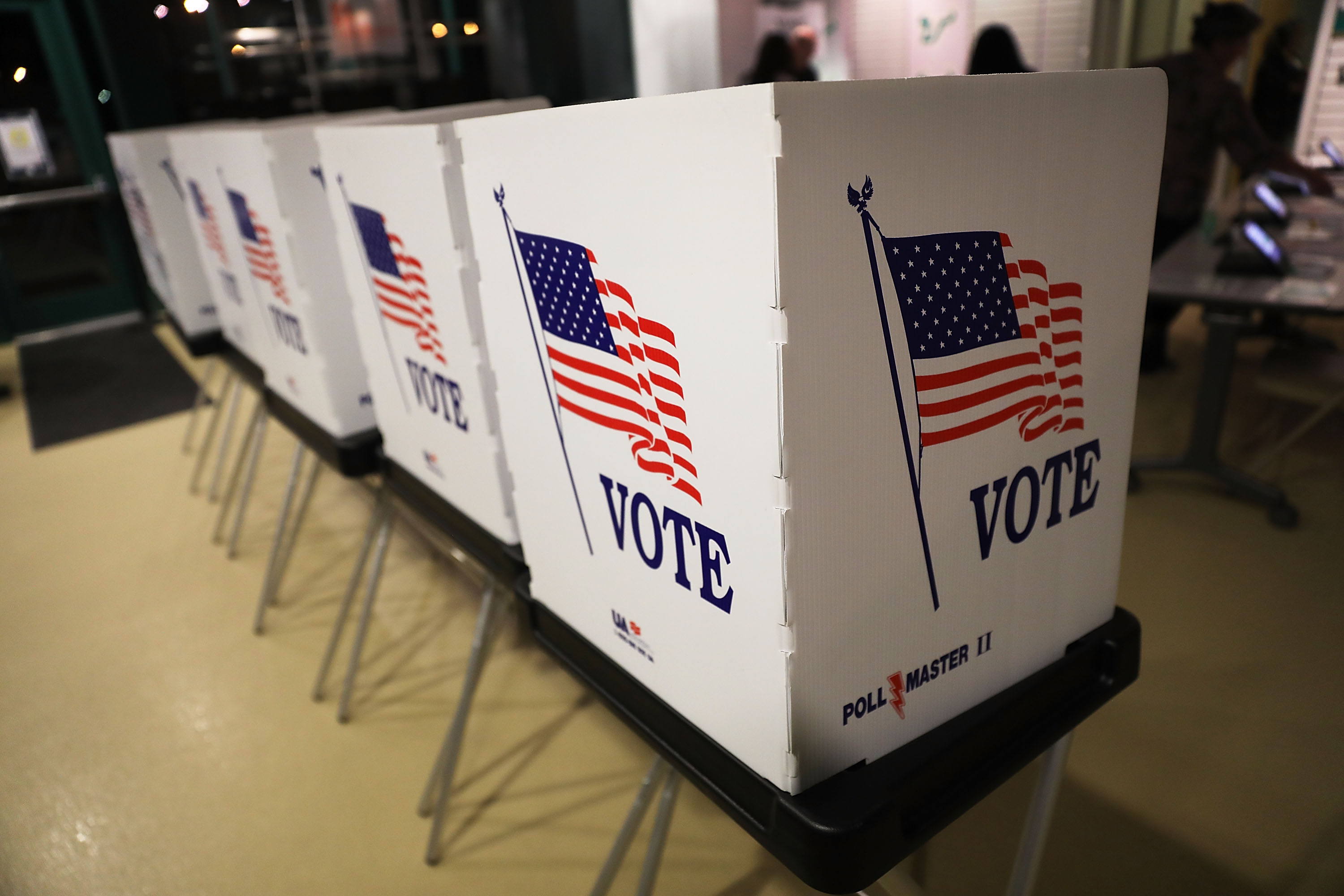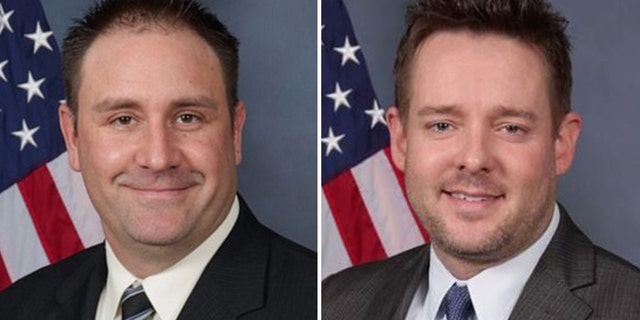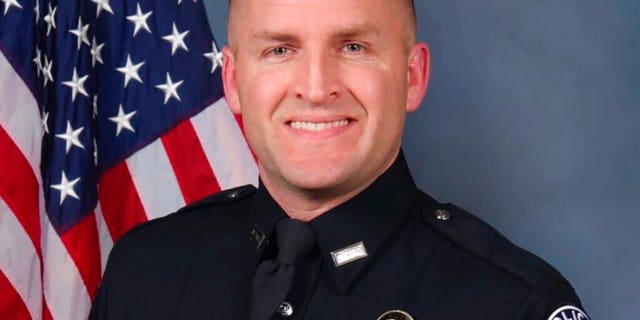stratupnation.blogspot.com
A program that calls itself the largest pre-seed startup accelerator in the world is coming to Dallas.
Silicon Valley-based Founder Institute has chapters in more than 225 cities across the globe. Now, Dallas is being added to that list—the newest chapter aims to give local early stage entrepreneurs the support network and structured growth process necessary to gain traction.
According to the institute, it’s a first for the region.
The launch comes at a time when it’s more important than ever, according to Founders Institute, for “entrepreneurs to build the future.” Applications for technology companies to participate are now open.
The Founder Institute credits Dallas’ “great ecosystem for entrepreneurs” as a motivation for the chapter to open here. From crowdfunding platforms to coworking spaces, the institute says opportunities here are flourishing.
“The Founder Institute can increase an aspiring technology entrepreneur’s chance of success by providing the necessary skills and mindset—with links to the wider Texas startup ecosystem and Silicon Valley,” the team said in a statement.
The move into Dallas is anticipated, considering the Texas chapters in Austin and Houston have so far helped launch more than 65 companies in the state since 2017. According to the Founder Institute, graduates in Texas have to-date raised more than $1 million in pre-seed and seed capital.
Notable companies include Accelerate3D, Check App, Prowess, Radical Girl Gang, knowRx, and SecondMedic.
The program is geared toward high-potential entrepreneurs and teams. Since its founding in 2009, the Founder Institute said it has assisted more than 4,500 alumni in raising an upwards of $950 million in funding. Grads are worth a combined estimated $35 billion.
It has also aided in seed accelerator acceptance, growth, recruitment, product building, the transition into entrepreneurship, and more.
The institute touts it renowned structure, mentor support, and vast network. The goal is to help budding founders “build something that matters.”
“Our vision is that there are talented people everywhere whose potential can be unlocked to make an impact on the world through entrepreneurship,” the Institute says on its website. “Our mission is to empower communities of talented and motivated people to build technology businesses that positively impact the world, no matter their location, background, race, age, or sexual orientation.”
The Dallas launch
A number of founders, CEOs, advisors, and investors in the region have signed on as mentors in the Dallas Virtual 2021 Founder Institute program. We spoke to a few of them to see why the program is so important for the region.
“Dallas has so much talent for startups and no shortage of capital to fund them,” Maggie Barton, founder and CEO of Cuffed Up, says. “I’m thrilled to join The Founder Institute to help our community continue to grow. I’m a huge believer in providing opportunities to innovators that may not otherwise have this kind of access.”
Many have told us this heightens the evergrowing startup ecosystem that’s based here in Dallas, like Tech Wildcatters Managing Partner Ricky Tejapaibul.
“This further validates the importance of our ecosystem in the eyes of global players in the tech and venture capital space,” Tejapaibul says. “Having additional resources available (from FI) is a plus for entrepreneurs in the pre-seed stage as they prepare for joining later stage accelerators such as our Tech Wildcatters program.”
As a mentor, Rosy CEO and Founder Lyndsey Harper looks to encourage others to gain the focus and confidence necessary to grow in the region. That mindset of helping the community succeed runs through most CEOs who have decided to set up shop here—and help out with the Founder Institute.
“The Founder Institute is a global organization that is devoting efforts towards growing the ecosystem of entrepreneurs and innovation here in Dallas,” she says. “Anything we can do to level the playing field for innovation across all sectors in Dallas is worth our time.”
For Alto CEO Will Coleman, it’s about looking to the future, as he sees Dallas as a fantastic place to start a business.
“Supporting new and aspiring entrepreneurs is essential to the success of our city, and part of Dallas’s DNA,” he says. “I’m thrilled to be part of the Dallas Virtual 2021 Founder Institute. I look forward to helping guide the next generation of entrepreneurs who will shape our city for years to come.”
Local startup leaders Martin Martinez, the managing director of Founder Institute Texas, and Molly Walsh, the programs director of the Dallas Founder Institute and founder of MW.Consults, played a critical role in bringing the program to North Texas.
“To me, becoming a mentor is less about providing industry expertise and more about having an informed sounding board to provide guidance and encouragement. Early stage companies like those involved in Founder Institute need a healthy balance of each,” Christiana Yebra, the CEO of Vouch and a Founder Institute mentor, told us.
“I’ve watched Molly Walsh navigate this ecosystem for years with intention and a thoughtful approach and I’m positive she will add incredible value to the Dallas chapter.”
The Founder Institute Texas leveraged statewide partnerships to make Dallas happen, including: South by Southwest Conference & Music Festival (SXSW), MassChallenge Texas, Sputnik ATX, BEAM Angel Network, Hello Alice, A-Player Media, and MediaTech Ventures.
Up next, the team plans to introduce new roles to support the Texas chapters, such as entrepreneurs in residence and alumni and investors in residence.
Founder Institute also plans to host several free virtual startup events in Dallas so interested entrepreneurs can get a taste of what the program has to offer.
For those interested in applying, the Founder Institute said it is designed for founders and teams throughout the pre-seed stage. That includes those who already have another full-time job, are on their own, or are already established and pre-funding.
Overall, the institute hopes to be a “global Silicon Valley.” For those based in Dallas though, entrepreneurship already runs deep. The Founders Institute will only catalyze that.
“This program will bring a burst of new life which is desperately what the startup scene needed after COVID-19,” Jewels Clark, CEO of How to be Social and a Founders Institute mentor, told us. “Dallas is slept on especially when it comes to hustle and I think this program will help spread that message through the Founder Institute’s network.”
Applications are now open for the inaugural Dallas Founder Institute program. For those interested in building a technology company, go here.

Get on the list.
Dallas Innovates, every day.
Sign up to keep your eye on what’s new and next in Dallas-Fort Worth, every day.
R E A D N E X T
-
Take a look back on the stories that grabbed our readers' attention last month.
-
Taysha Gene Therapies, which has been operating in stealth with UT Southwestern, is off to a fast start with a pipeline of 15 gene therapy programs. Together with UTSW, the combined platform could be "an engine for new cures."
-
There are plenty of things to do with your physically distanced time. Here are a few from our curated selection.
-
Taysha Gene Therapies, which was been operating in stealth with UT Southwestern until this April, plans to use the financing to advance its initial cohort of lead programs into its clinic. By the end of 2021, Taysha expects to file four Investigational New Drug applications.
-
Musings on innovation from the region's paradigm-shifting companies and organizations.
Let's block ads! (Why?)
"Startup" - Google News
September 30, 2020 at 06:28AM
https://ift.tt/2ScV0ty
'Let's Build the Future': Silicon Valley's Founder Institute Is Bringing Its Startup Accelerator to Dallas - dallasinnovates.com
"Startup" - Google News
https://ift.tt/2MXTQ2S
https://ift.tt/2z7gkKJ















![R.A. Session II, president, CEO, and founder of Taysha Gene Therapies [Background image: Olena Yepifanova via iStock]](https://s24806.pcdn.co/wp-content/uploads/2020/04/TayshaGene-Session-970-1.jpg)




